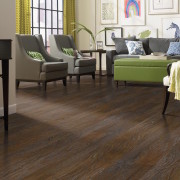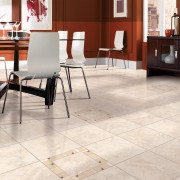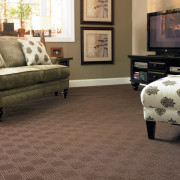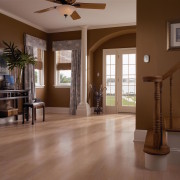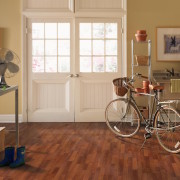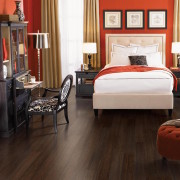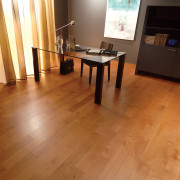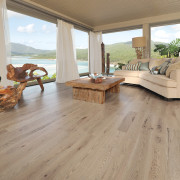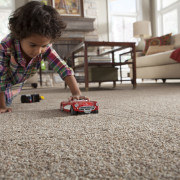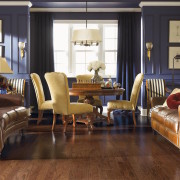Monthly Manufacturer Spotlight: StareCasing
The StairCasing Hardwood Overlay System delivers the classic look of hardwood stairs without inflicting the high cost of gutting your old stairs and installing new ones. If you’re tired of your old carpeted stairs, the StairCasing system will transform the look of your home with new, slick hardwood stairs at a fraction of the price.
The StairCasing system uses only 100% real hardwood ensuring that your new staircase is as striking as it is durable. StareCasing makes it simple and cost-effective to give your stairs a facelift in no time at all without any demolition or reconstruction; just remove the old carpet from your stairs and get started on your quick and easy StareCasing installation!
With the StareCasing system, installing new hardwood stairs can be done in mere hours without the hassle of demolition or strenuous labor; simply measure, cut and mount your new hardwood StareCasing directly over your old, worn-out stairs.
The system consists of two parts: the StareTread and the StareRiser, which work in unison to deliver your brand new, genuine hardwood staircase. The StareTread is designed to fit your old wood stair tread seamlessly, while the StareRiser can be pre-finished to match your StareTread, or it can be resurfaced for a smooth painted look. Whatever you choose, the StareCasing system makes it fast and easy to get the hardwood staircase of your dreams.
If you are looking to upgrade your staircase, the StareCasing overlay system will deliver the natural, timeless look of hardwood to your stairs without the inconvenience and cost of new construction. The StareCasing system takes the guesswork out of renovating your stairs and will seamlessly complete the stunning look and feel of your home.
This post was written by Thais Sousa. Follow Thais on Google.


